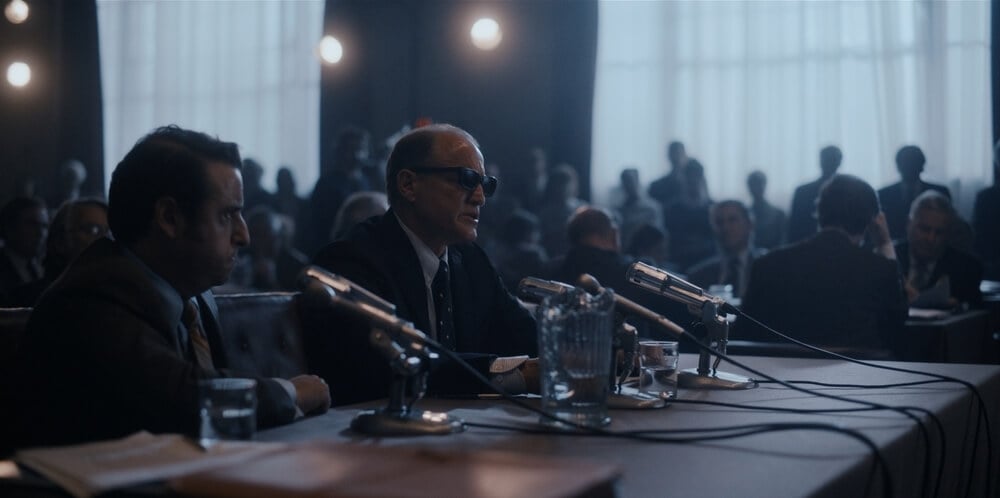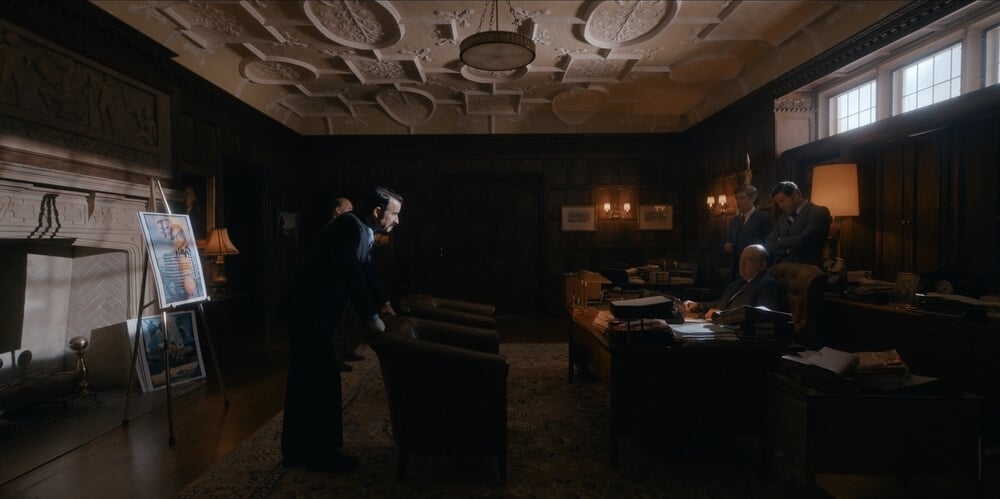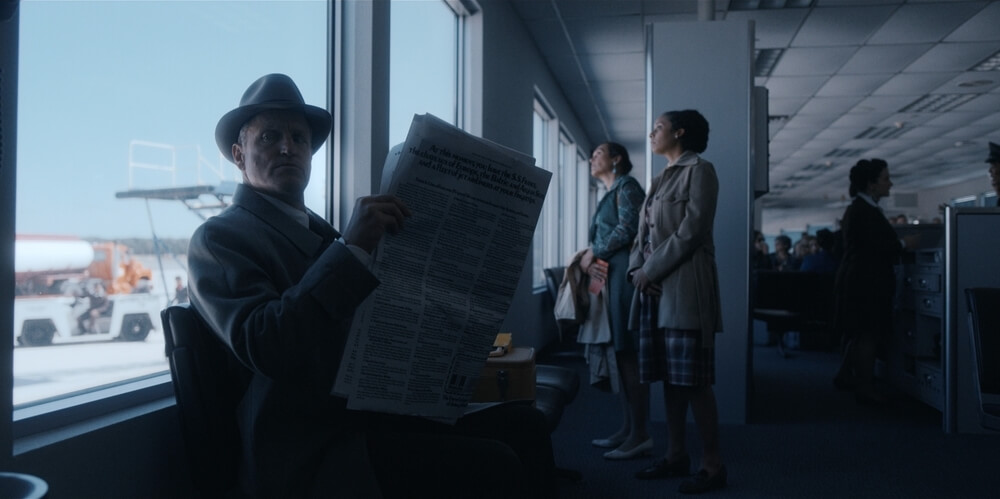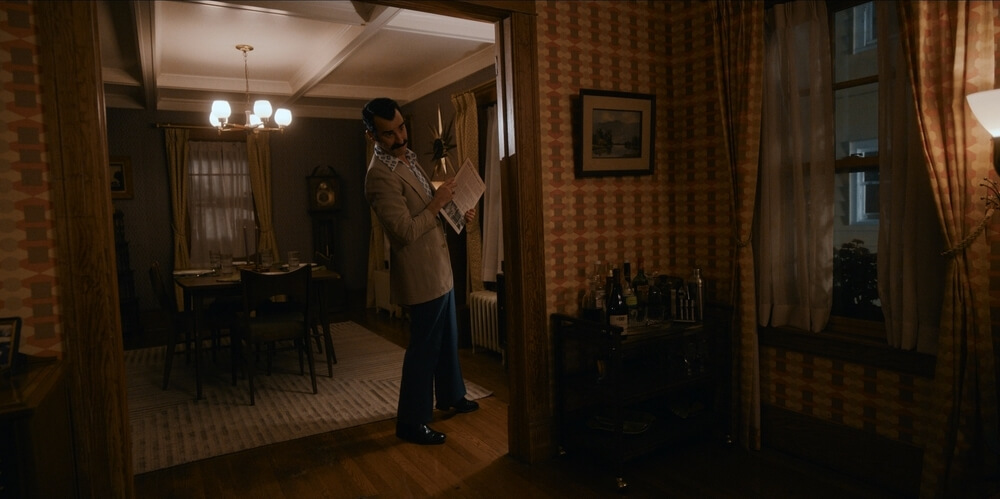Political Colors

Created by Alex Gregory and Peter Huyck and directed by David Mandel, the five-part miniseries White House Plumbers shines a fresh light on the real-life comedy of errors that burst out of the infamous Watergate scandal. Light Iron provided dailies and final color for the project, which reteamed cinematographer Steven Meizler and supervising colorist Ian Vertovec. As Vertovec explains, “The tone of the series can be almost comedic at times, but we always wanted the show to look and feel like a political thriller.”
Meizler and Vertovec began collaborating early on to create a custom shooting LUT ahead of principal photography. “My prep process was to bring the camera to location and take pictures to later go through with Ian to carve out a LUT,” the cinematographer recalls. “It's very important for me to come up with a LUT in prep because I don’t like to color on set. I don't want to spend one second of the day coloring when I know I could be shooting instead.”

The collaborators also shared a number of visual references, including director Alan J. Pakula’s feature All the President’s Men, shot by Gordon Willis, ASC. Meizler notes, “We didn't want to copy it — Gordon Willis' amazing work isn’t something to copy — but David Mandel said to me early on in prep that he wanted this to be like a sister project to that. We also looked at these Polaroid images from David's look-book and used them as a jumping-off point to make it gritty and give it an edge that really leans into the darkness and shows the duplicitousness of these people while staying grounded in the reality of the '70s.”
Vertovec notes that another Pakula-Willis collaboration provided additional inspiration. “We also talked a lot about The Parallax View, which has some really interesting wide-angle work that emphasizes the architecture of the period,” the colorist explains. “Also, the Eastman film stock used at the time had strong earth tones without diminishing primary colors.
“During the grade, we made sure to maintain the restrained palette of the references, but we also focused on the contrast of each location,” Vertovec continues. “The more it looked like a serious political thriller, the more you felt the ridiculous behavior of the main characters.”

With the final grade, the filmmakers sought to place viewers in the period setting without overtly calling attention to it. “There’s something about warm yellows that make you feel like you're in the '70s that I really wanted to stay away from,” Meizler details. “So in the color process, I watched it a few times with Ian to really get a sense of the look, and I kept going back and saying, ‘No, I want some more yellow taken out of that,’ and every time we would get more color separation.
“It’s important to go over and over it again to find things that we both think are good,” the cinematographer continues. “We've become attuned to each other's aesthetic. Based on what we both see and what we both like, there’s a shorthand. He'll put a window in before I'll even say, ‘Maybe we should put a window there.’"

Meizler and Vertovec’s shared credits also include episodes of the Netflix series The OA and the recent Apple release The Beanie Bubble. “Light Iron has always been supportive through the years, and Ian has been really huge,” the cinematographer shares. “He inspires me to bring stuff to projects that I usually wouldn't.”

